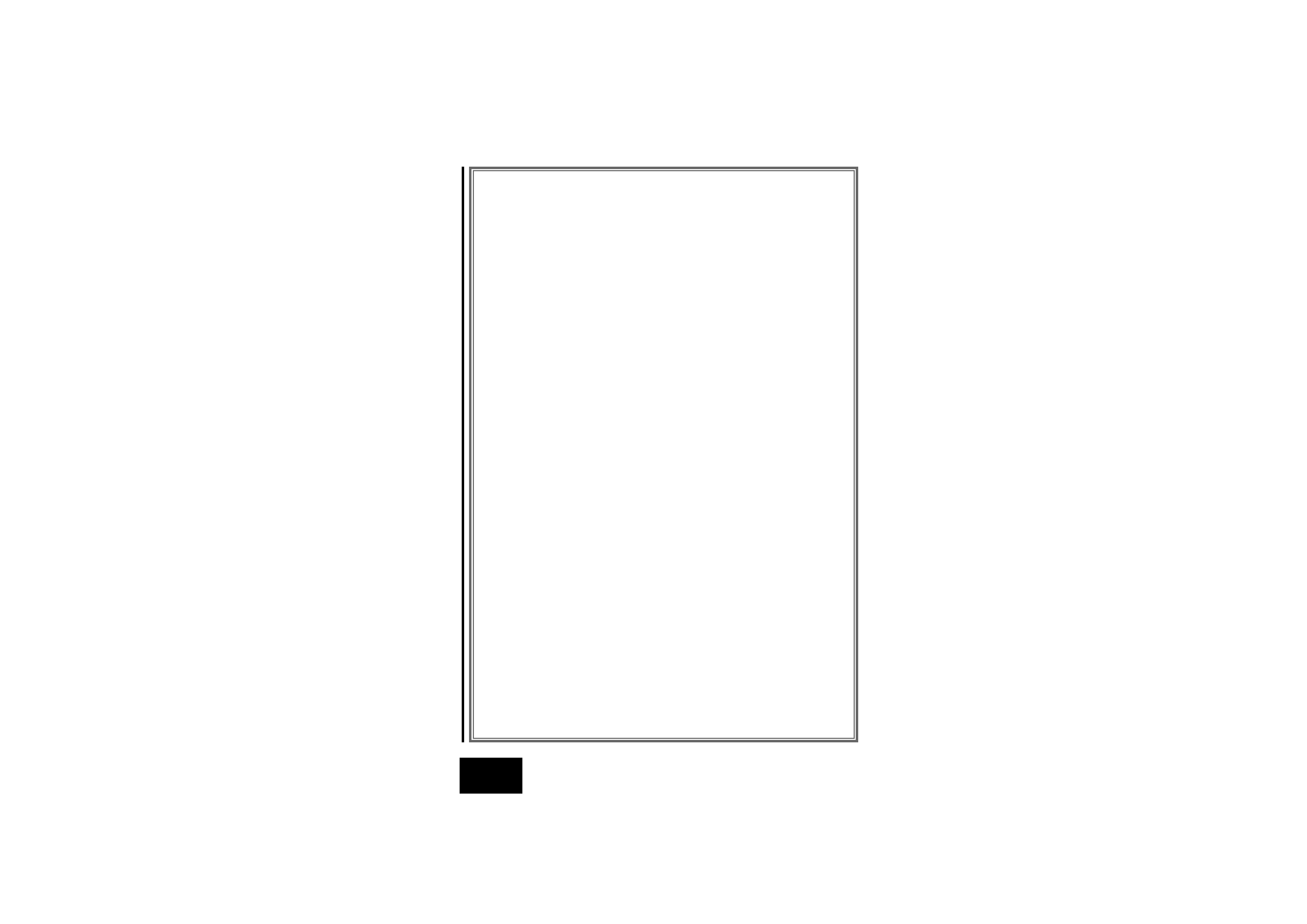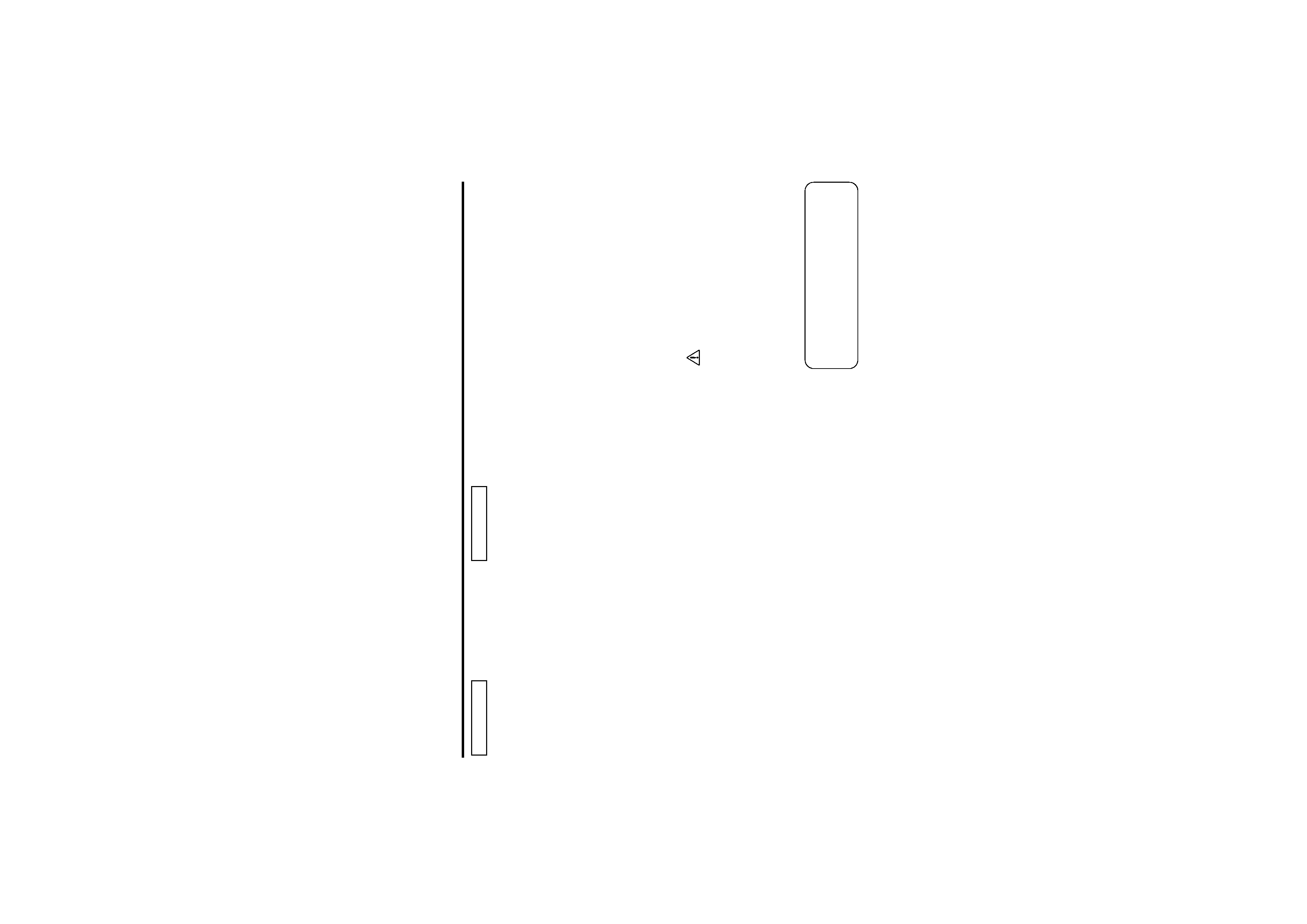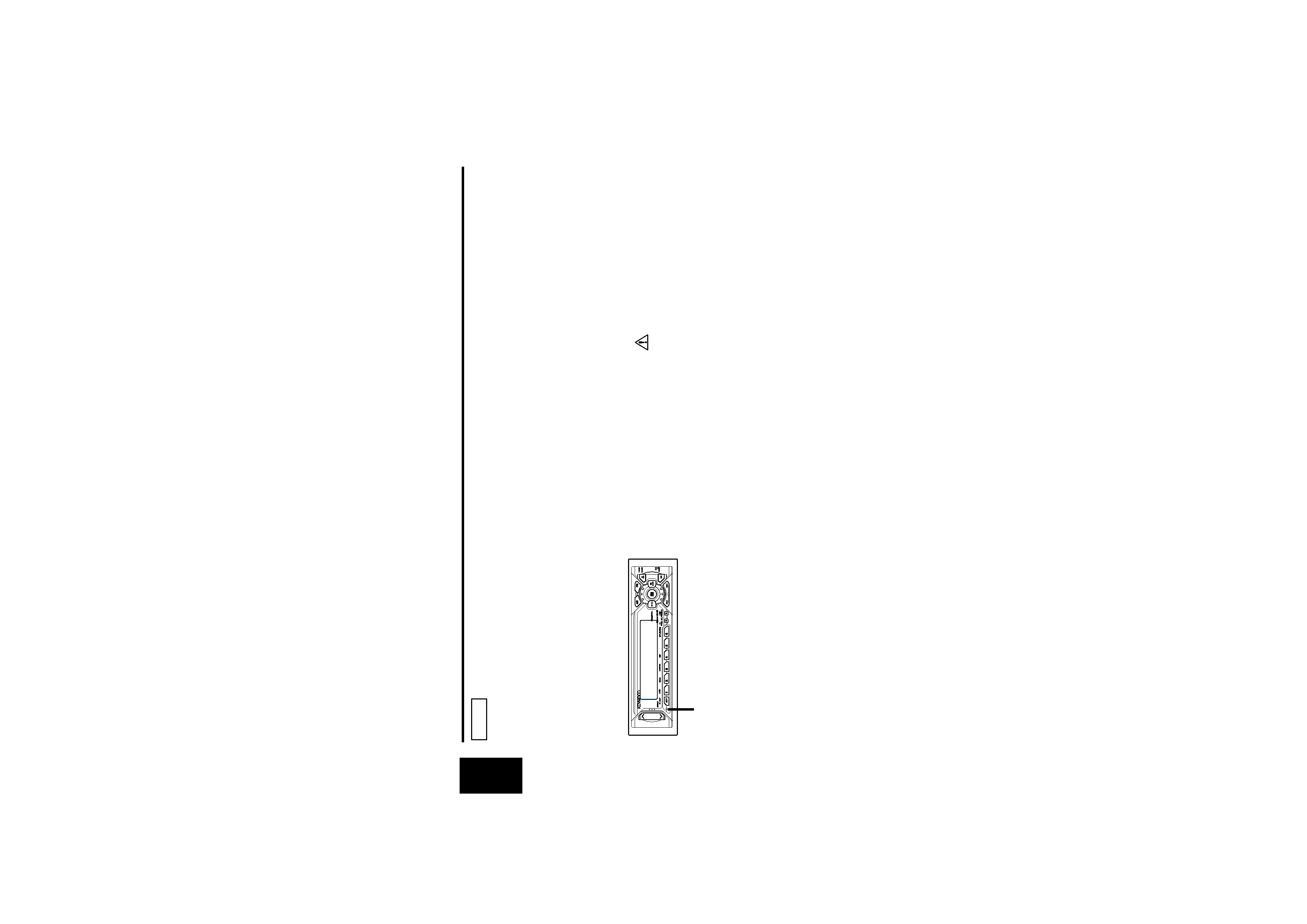
KRC-V791
KRC-791
KRC-794
© B64-2586-00/00 (EW/E2W)
CASSETTE RECEIVER
INSTRUCTION MANUAL
KRC-794 Cover (E2)
02.11.25
9:58 PM
Page 1

-- 2 --
English
Contents
Safety precautions.............................3
About Cassette tape ..........................5
About RDS .........................................5
General features ................................6
Power
Selecting the Source
Volume
Attenuator
Loudness
System Q
Audio Control
Speaker Setting
TEL Mute
Switching Display
Switching Clock Display
Auxiliary Input Display Setting
Faceplate Angle Adjustment
Theft Deterrent Faceplate
Hiding the Control Panel
Tuner features..................................11
Tuning
Direct Access Tuning
Station Preset Memory
Auto Memory Entry
Preset Tuning
RDS features ....................................13
Traffic Information
Presetting Volume for Traffic Information
Radio Text Scroll
PTY (Program Type)
Program Type preset
Changing Language for PTY Function
Cassette player features..................16
Playing Cassette Tapes
Fast Forwarding and Rewinding
Dolby B NR
Selecting the Tape type
DPSS (Direct Program Search System)
DPSS with the Remote
Blank Skip
Music Repeat
External disc control features.........19
Playing External Disc
Fast Forwarding and Reversing
Track Search
Album Search
Direct Track Search
Direct Album Search
Track/Album Repeat
Track Scan
Random Play
Magazine Random Play
Disc Naming (DNPS)
Text/Title Scroll
DNPP (Disc Name Preset Play)
Menu system....................................23
Menu System
Mask Key
Touch Sensor Tone
Manual Clock Adjustment
Synchronize Clock
Selectable Illumination
Switching Graphic Display
Illumination Color Setting
Contrast Adjustment
Dimmer
OFF Wait Time Setting
System Q
B.M.S. (Bass Management System)
News Bulletin with Timeout Setting
Local Seek
Tuning Mode
Auto Memory Entry
AF (Alternative Frequency)
Restricting RDS Region
Auto TP Seek
Monaural Reception
Text Scroll
Power OFF Timer
Basic Operations of remote ............30
Loading and Replacing the battery
Basic operations
In Tuner source
In Cassette tape source
In Disc source
Accessories ......................................33
Installation Procedure .....................33
Connecting Wires to Terminals .......34
Installation .......................................35
Removing the Unit...........................36
Locking the faceplate to the unit ...36
Troubleshooting Guide ....................37
Specifications ..................................41
KRC-794_U.S 02.11.24 6:42 PM Page 2

-- 3 --
To prevent injury and/or fire, take the
following precautions:
· Insert the unit all the way until it is fully
locked in place. Otherwise it may fly out of
place during collisions and other jolts.
· When extending the ignition, battery or
ground wires, make sure to use automotive-
grade wires or other wires with an area of
0.75mm2 (AWG18) or more to prevent wire
deterioration and damage to the wire
coating.
·To prevent short circuits, never put or leave
any metallic objects (e.g., coins or metal
tools) inside the unit.
· If the unit starts to emit smoke or strange
smells, turn off the power immediately and
consult your Kenwood dealer.
· Make sure not to get your fingers caught
between the faceplate and the unit.
· Be careful not to drop the unit or subject it to
strong shock.
The unit may break or crack because it
contains glass parts.
· Do not touch the liquid crystal fluid if the
LCD is damaged or broken due to shock. The
liquid crystal fluid may be dangerous to your
health or even fatal.
If the liquid crystal fluid from the LCD
contacts your body or clothing, wash it off
with soap immediately.
2WARNING
To prevent damage to the machine,
take the following precautions:
· Make sure to ground the unit to a negative
12V DC power supply.
· Do not open the top or bottom covers of the
unit.
· Do not install the unit in a spot exposed to
direct sunlight or excessive heat or humidity.
Also avoid places with too much dust or the
possibility of water splashing.
· Do not subject the faceplate to excessive
shock, as it is a piece of precision
equipment.
· When replacing a fuse, only use a new one
with the prescribed rating. Using a fuse with
the wrong rating may cause your unit to
malfunction.
·To prevent short circuits when replacing a
fuse, first disconnect the wiring harness.
· Do not place any object between the
faceplate and the unit.
· During installation, do not use any screws
except for the ones provided. The use of
improper screws might result in damage to
the main unit.
· Do not apply excessive force to the moving
faceplate. Doing so will cause damage or
malfunction.
· Do not apply excessive force to the open
faceplate or place objects on it. Doing so will
cause damage or breakdown.
2CAUTION
IMPORTANT INFORMATION
About CD players/disc changers
connected to this unit
KENWOOD disc changers/ CD players
released in 1998 or later can be connected to
this unit.
Refer to the catalog or consult your Kenwood
dealer for connectable models of disc
changers/ CD players.
Note that any KENWOOD disc changers/ CD
players released in 1997 or earlier and disc
changers made by other makers cannot be
connected to this unit.
Unsupported connection may result in
damage.
Setting the "O-N" Switch to the "N" position for
the applicable KENWOOD disc changers/ CD
players.
The functions that can be used and the
information that can be displayed will differ
depending on the models being connected.
You can damage both your unit and the CD
changer if you connect them incorrectly.
Safety precautions
Manufactured under license from Dolby
Laboratories.
"Dolby" and the double-D symbol are
trademarks of Dolby Laboratories.
KRC-794_U.S 02.11.24 6:42 PM Page 3

-- 4 --
English
· If you experience problems during
installation, consult your Kenwood dealer.
· If the unit fails to operate properly, press the
Reset button. The unit returns to factory
settings when the Reset button is pressed.
After you press the reset button, the Mask
Key will be needed to restart the unit. If the
unit still fails to operate properly after the
Reset button has been pressed, contact your
local KENWOOD dealer for assistance.
·Press the reset button if the Disc auto
changer fails to operate correctly. Normal
operatin should be restored.
· Characters in the LCD may become difficult
to read in temperatures below 41 °F (5 °C).
NOTE
· The illustrations of the display and the panel
appearing in this manual are examples used
to explain more clearly how the controls are
used. Therefore, what appears on the display
in the illustrations may differ from what
appears on the display on the actual
equipment, and some of the illustrations on
the display may represent something
impossible in actual operation.
Safety precautions
When using the unit for the first time:
In order to deactivate the demonstration
mode. Transmit the Mask Key's signal. (see
p.24)
Cleaning the Faceplate Terminals
If the terminals on the unit or faceplate get
dirty, wipe them with a dry, soft cloth.
Cleaning the Unit
If the faceplate of this unit is stained, wipe it
with a dry soft cloth such as a silicon cloth.
If the faceplate is stained badly, wipe the stain
off with a cloth moistened with neutral
cleaner, then wipe neutral detergent off.
Applying spray cleaner directly to the unit may
affect its mechanical parts. Wiping the
faceplate with a hard cloth or using a volatile
liquid such as thinner or alcohol may scratch
the surface or erases characters.
· If you send products in for repair that include
a Mask Key, make sure to present the unit
together with the mask key.
Reset button
KRC-794_U.S 02.11.24 6:42 PM Page 4

-- 5 --
Cleaning the tape head
When there's noise or the sound quality is bad
during tape play the tape head maybe dirty,
clean the tape head.
About Cassette tape
· If the tape is slack tighten it.
· If the cassette tape label is peeling off glue it
on again.
· Don't use deformed cassette tape.
· Don't place cassette tape on the dashboard
etc. where the temperature is high.
· Don't use cassette tape that's 100 minutes
long or longer.
About RDS
RDS (Radio Data System)
When listening to an RDS station, the
programme service name of the station is
displayed, advising you quickly which station is
being received.
RDS (Radio Data System) stations also
transmit frequency data for the same station.
When you are making long trips, this function
automatically alternative switches to the
particular frequency with the best reception
for the particular network of stations that you
want to listen to. The data is automatically
stored, allowing you to switch quickly to
another RDS stations, broadcasting the same
programme, that has better reception. These
include stations stored in the station preset
memory that you often listen to.
Enhanced Other Network
Stations that offer <Enhanced Other
Network> also transmit information about
other RDS stations that have traffic
information. When you are tuned to a station
that is not transmitting traffic information, but
another RDS station starts transmitting a
traffic bulletin, the tuner automatically
switches to the other station for the duration
of the bulletin.
Alarm
When an emergency transmission (announcing
disasters, etc.) is sent, all current functions are
interrupted to allow the warning to be
received.
About Cassette tape
KRC-794_U.S 02.11.24 6:42 PM Page 5
